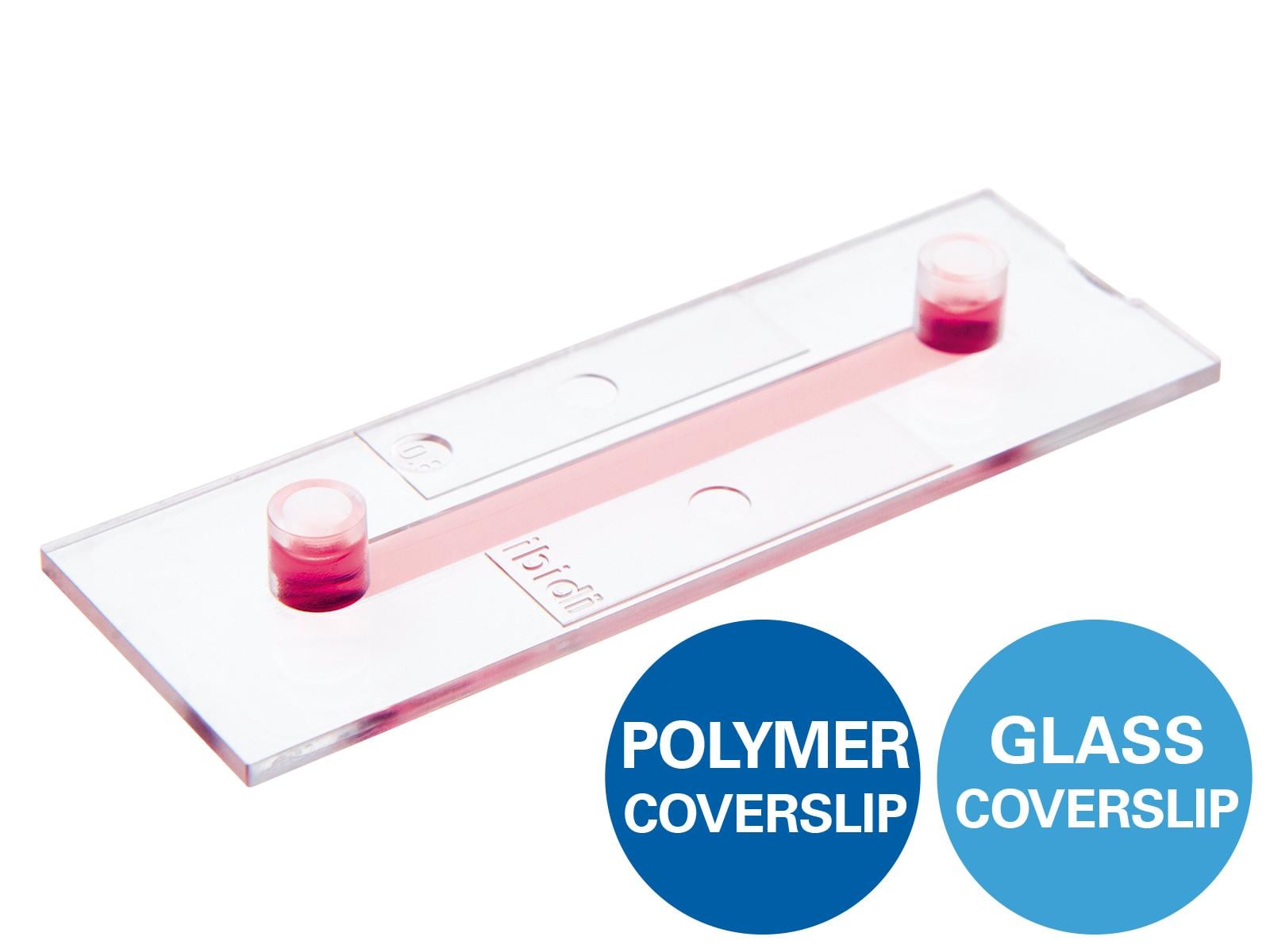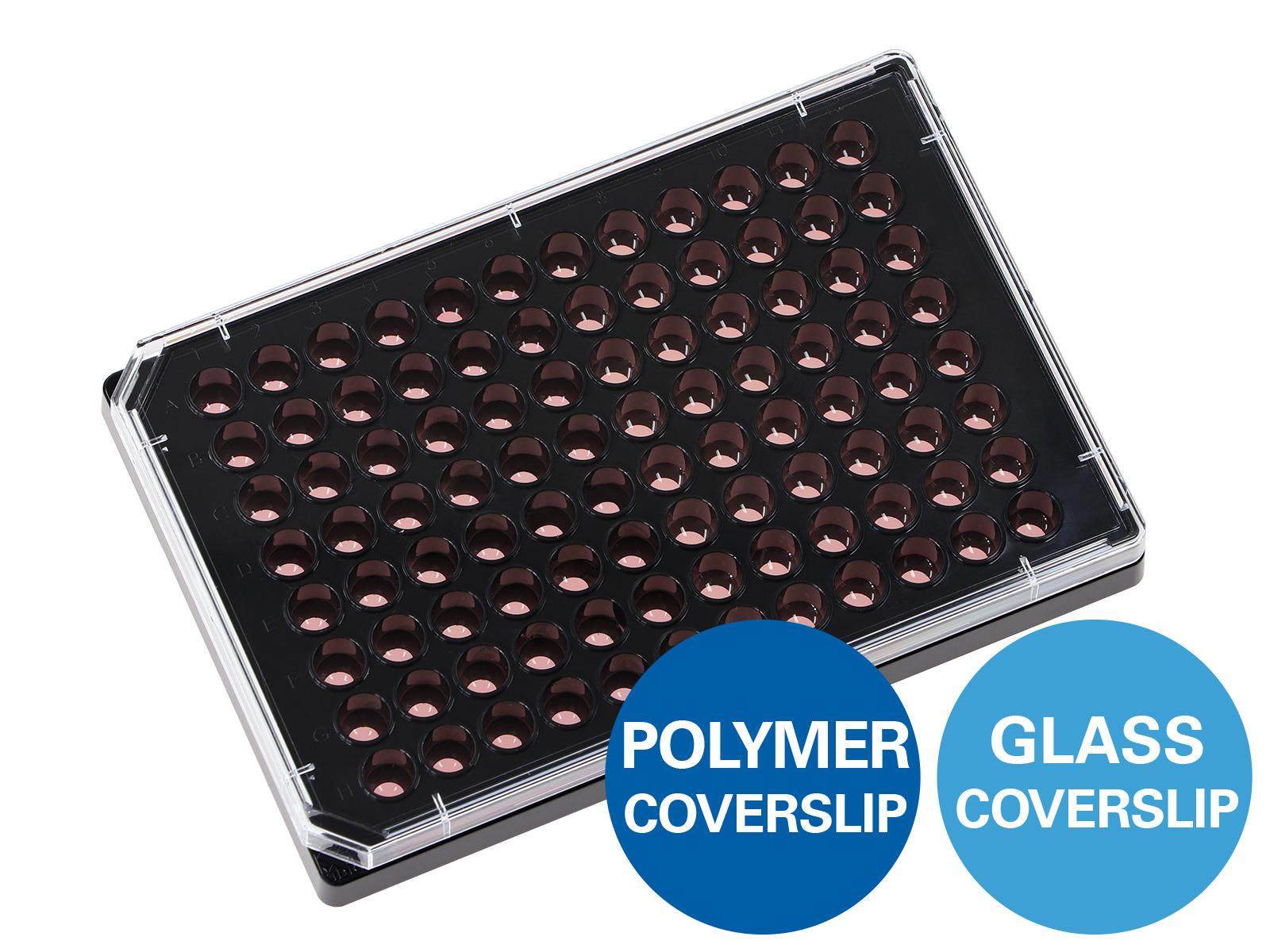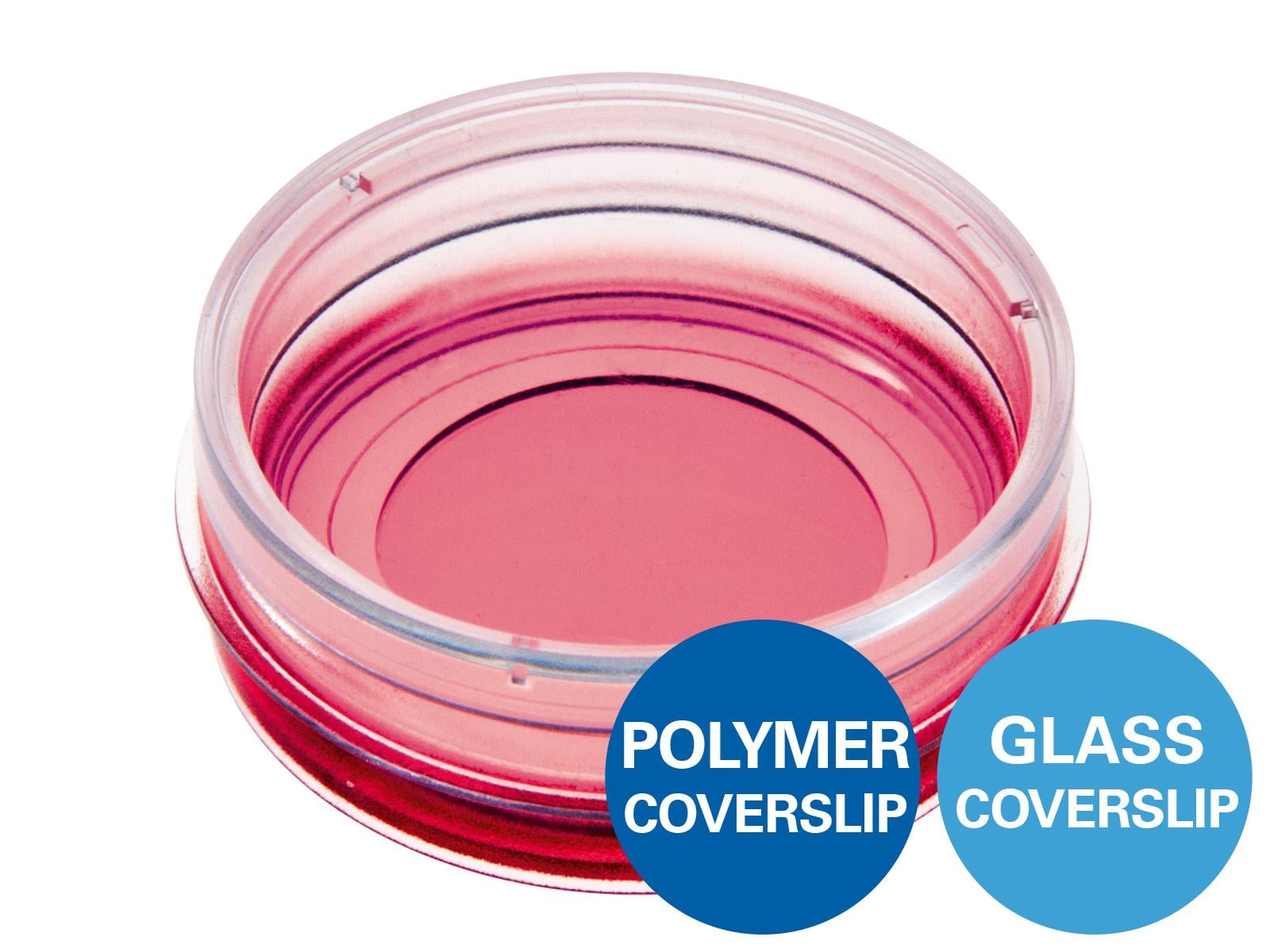Immunofluorescence Staining: A Typical Workflow
Troubleshooting
Immunocytochemistry is a very sensitive method that requires a lot of experience and optimization. Slight changes in the protocol can markedly alter the results. If you get a low signal, no signal, or a high background, please consult the following troubleshooting guide.
High Background | |
| Reason | Solution |
| Inappropriate or too long fixation, leading to artefacts | Reduce fixation time or change the fixative |
| Insufficient blocking | Prolong the incubation time, consider using a different blocking solution (we recommend using serum from the secondary antibody host) |
| No specificity of the primary antibody | Use a primary antibody that is proven to work for immunofluorescence in the chosen model system; if available, use a knockdown/knockout sample as a negative control |
| Too high primary/secondary antibody concentration, too long incubation time, too high incubation temperature | Optimize the antibody concentration and incubation time/temperature, consult manufacturer’s protocol |
| Cross-reactivity of the secondary antibody | Use isotype controls for the secondary antibody to check for cross-reactivity |
| Not enough washing | Verify that all washing steps are carried out properly; if necessary, prolong the washing steps |
| Bleaching during imaging | Use a secondary antibody conjugated to a fluorophore suitable for your chosen microscopy technique |
| Low signal intensity, resulting in noise | Optimize the signal-to-noise ratio, e.g., by using a brighter fluorophore for detection; if applicable, increase the expression of the antigen of interest (e.g., by overexpression or by addition of inducing agents) |
| High autofluorescence | Check the sample autofluorescence by using unstained controls; use fresh fixation solutions (expired formalin solutions might have a high autofluorescence); use materials with low autofluorescence (e.g., ibidi µ-Slides or Chamber Slides); use mounting medium with low autofluorescence (e.g., ibidi Mounting Medium / ibidi Mounting Medium With DAPI) |
Low Signal or Lack of Signal | |
| Reason | Solution |
| Drying out of the sample | Always keep the sample moist |
| Overfixation of the sample, leading to epitope damage | Reduce fixation time or change the fixative |
| Inadequate permeabilization method | Optimize or skip the permeabilization step |
| No binding of primary antibody to the antigen of interest | Use a primary antibody that is proven to work for immunofluorescence in the chosen model system; check the antibody functionality by using a positive control (e.g., by overexpression or by addition of inducing agents) |
| Too high primary/secondary antibody dilution, too short incubation time, too low incubation temperature | Increase the antibody concentration or the incubation time/temperature; consult manufacturer’s protocol |
| Very low or no antigen expression | Use a positive control (e.g., an overexpression model); reconsider your experimental system |
| Inappropriate microscopy detection method | Use a more sensitive method for image acquisition; check your used filter/laser setup; use a brighter fluorophore for detection |
Read on and learn more about a typical Workflow of an Immunofluorescence Staining, or about how to do Immunofluorescence Stainings With the ibidi Chambers.




